There’s a spot at Walt Disney World where there’s no restaurant, but lots and lots of food. I’m speaking of Conservation Station at the Animal Kingdom — a public area where guests can learn about how the non-human residents of the parks eat.
After my foodie daughters have had their fill at the Tusker House buffet, we often hop on the nearby Wildlife Express train to Rafiki’s Planet Watch, the home of Conservation Station, to see what the animals are having for lunch. It’s a wonderful educational opportunity — a chance to see that a balanced diet is important for all species.
What to Expect
Once you get to Rafiki’s Planet Watch, the animal food preparation center is located toward the back of the Conservation building. There is a large, open window into a sunny, and scrupulously clean, food prep area.
During guest viewing hours, you will find an animal nutrition cast member present to assemble meals for residents of the animal kingdom.
Hands-On Learning
On the room’s front counter, you will find samples of pellet-type food that is given to certain species. You are allowed to touch and smell these samples. Most of the pellets remind of nutritionally-enhanced pet food that you would find in your local supermarket, but these are specially formulated for more exotic animals.
Just beyond the pellets, you’ll see a book and computer screen that contain the “recipes” for the day’s feedings. A quick glance at these recipes lets you know that the Animal Kingdom’s zoologists carefully consider the care of all the animals under their watch, from highly-evolved primates like the gorillas, on down to the mice and spiders in some Conservation Station’s displays.
Many of the animals eat the same types of food that you and I would. A glance at the gorilla menu above shows that, in addition to supplemental pellets, they will be given fresh onions, tomatoes, green beans, bananas, pears, grapefruit, cucumber, potatoes, honeydew, green peppers, apples, and cauliflower, all in specific quantities on specific days. The cast member at the station’s job is to prepare the meals in this prescribed fashion.
Meal Prep
One of my favorite parts of the meal prep room is the white board where there are menus posted for special circumstances. Earlier this year, I stopped by when they were preparing meals for a one-day-old Argus pheasant, a resident of the Animal Kingdom aviary.
On the menu: five grams of gamebird pellets, one gram of shredded greens, two grams of chopped fruit, and two grams of crickets and mealworms. I love the precise miniature portions.
Ask Away!
In addition to observing the food prep, you are welcome to engage the keepers in conversation and ask them about their job or the general care and feeding of the animals. Beyond simply preparing the food, the Animal Kingdom staff puts a great deal of thought into making the animal’s food consumption as interesting and challenging as it would be in their natural habitat.
At Conservation Station, you can see some of the tools used to do this: bits of brush used to hide bits of food, as well as puzzle-like devices that the animals must manipulate to get to their meals.
Take a Tour
If these little tastes of animal feeding aren’t enough for you, guests ages 16 and up can take the Backstage Safari tour at the Animal Kingdom. I took this tour about a year ago with my husband. Unfortunately, I don’t have any photos because cameras were not allowed on this behind-the-scenes adventure. (Note: this tour can be booked through 407-WDW-PLAY and does cost an added fee.)
I can tell you that a major stop on the tour is the main animal food prep building (Conservation Station is just a tiny outpost). This where they take in and store the massive quantities of food that the thousands of animals on property consume — think in terms of hundreds of cases of produce every week, sometimes from the same suppliers that service the Disney restaurants!
This is also where you can see meals prepared for the carnivorous creatures in the Kingdom. There are snakes that get mice for dinner, birds that get bugs for lunch, and yes, lions that get whole rabbits for breakfast. The nutritional needs of a large predatory mammal are really brought home when you see volume of flesh prepared for them each day.
Next time you’re at the Animal Kingdom, take a swing by Conservation Station and the feeding station. It’s a great way to engage your children and get them thinking about what nutrition means!
Erin Foster is the Disney Food for Families columnist and a behind-the-scenes guru here at Disney Food Blog! Check out more of her posts here.

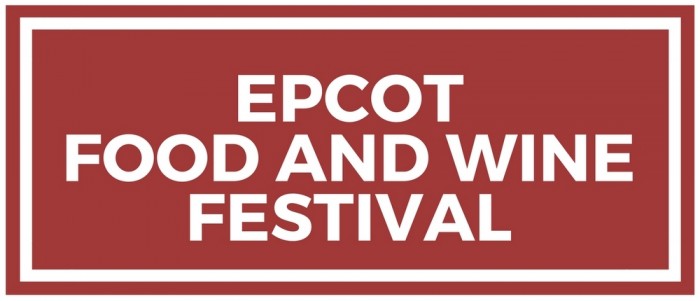
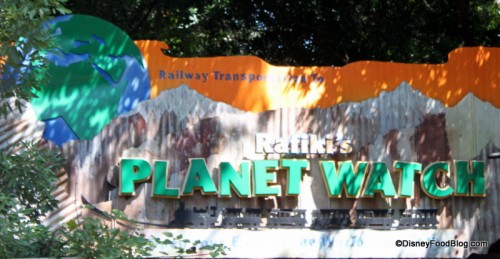










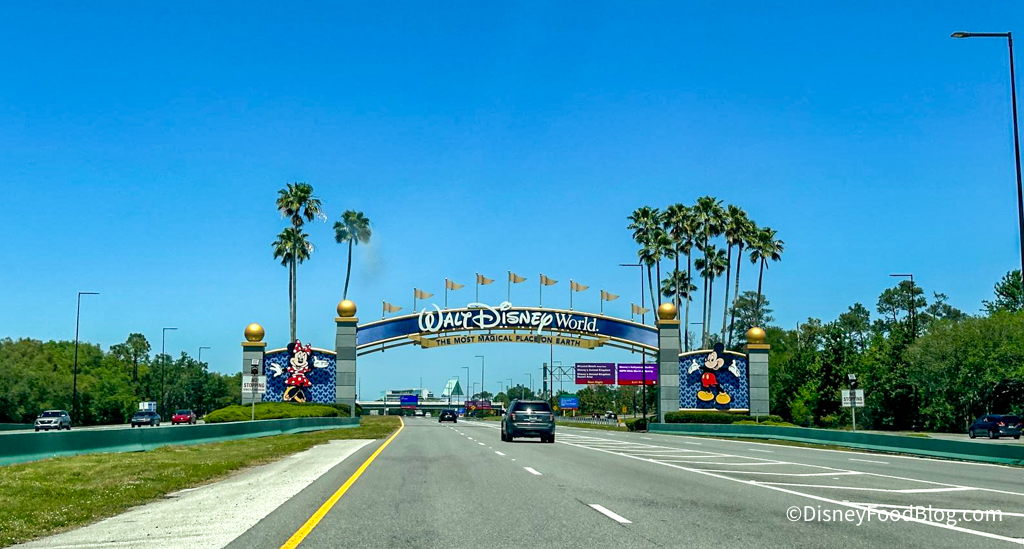









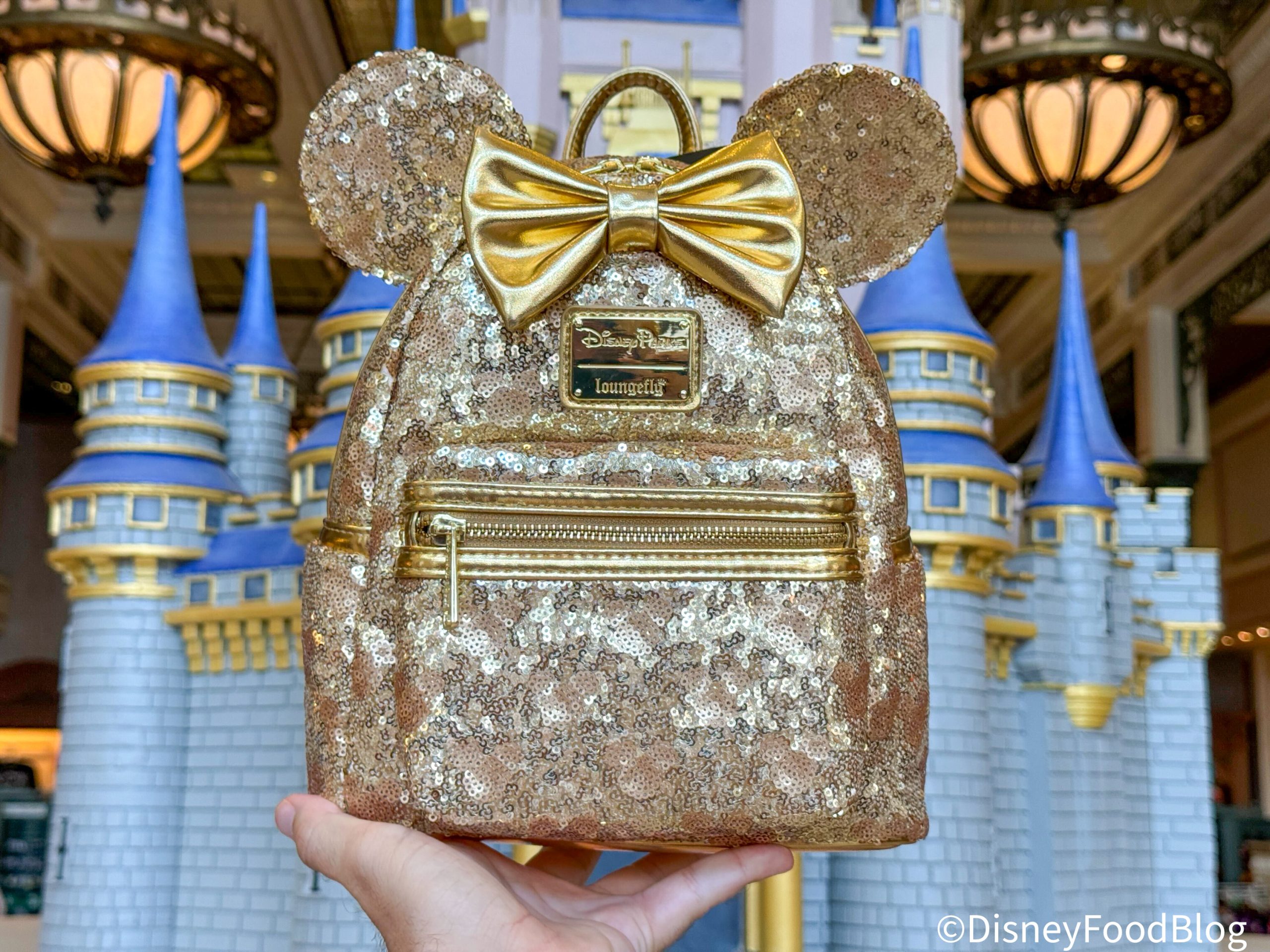

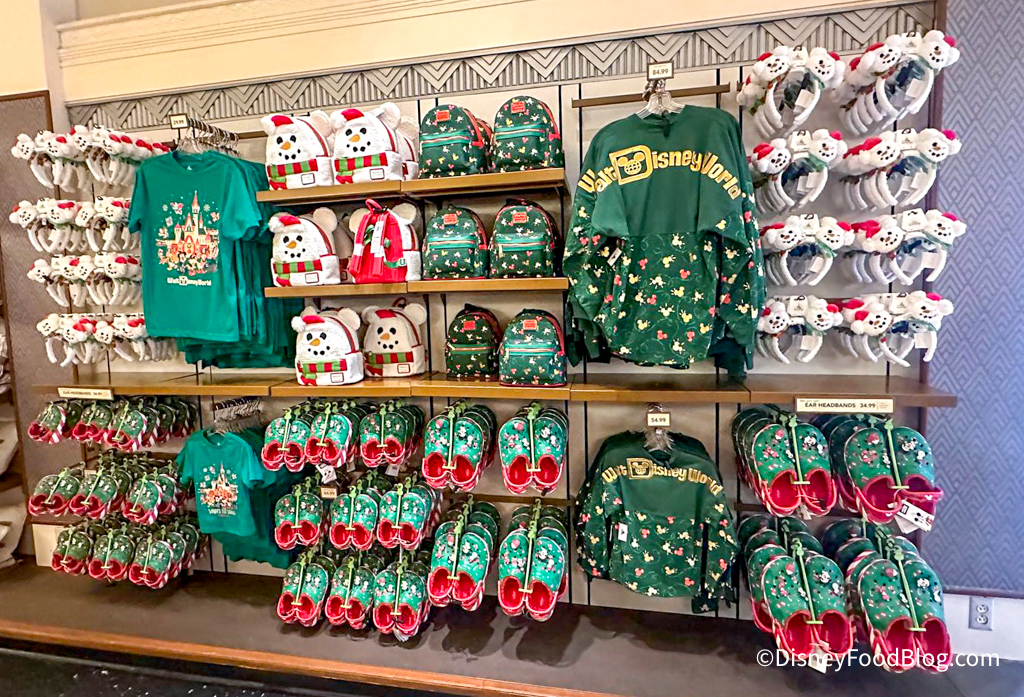

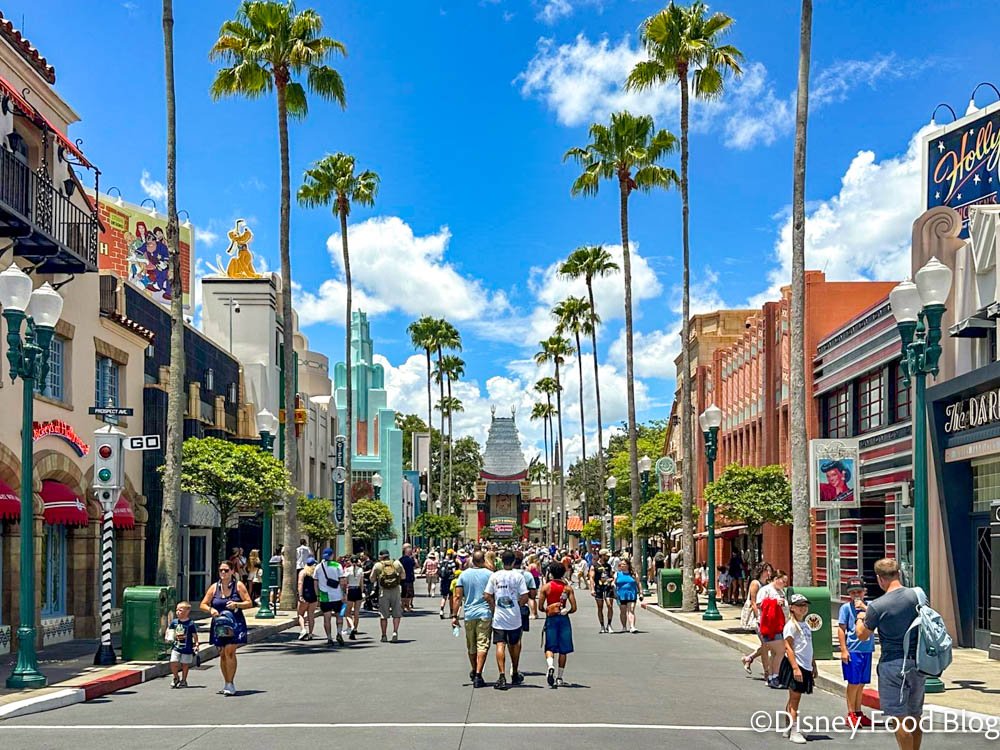

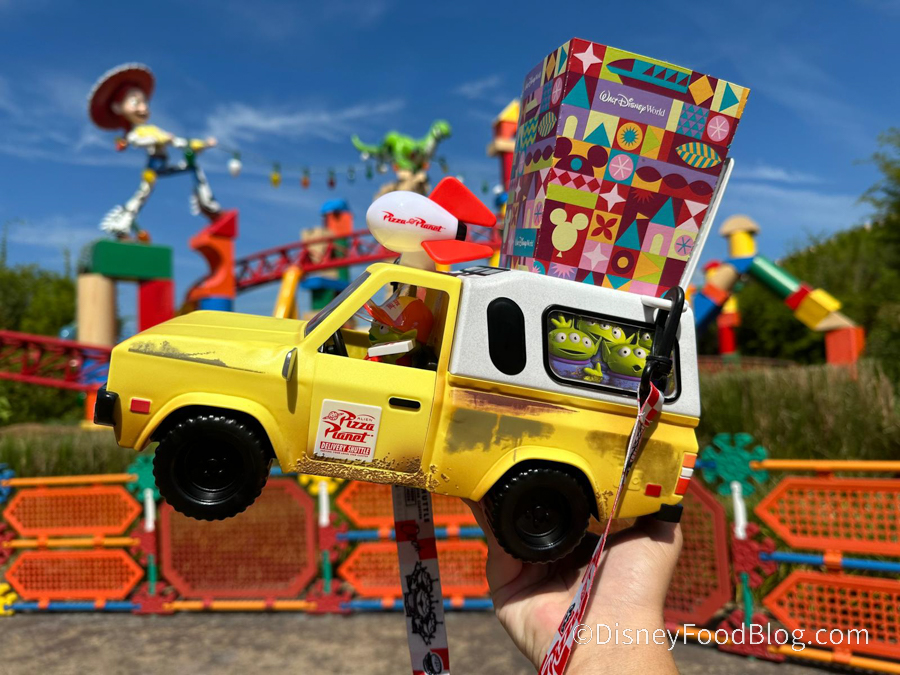
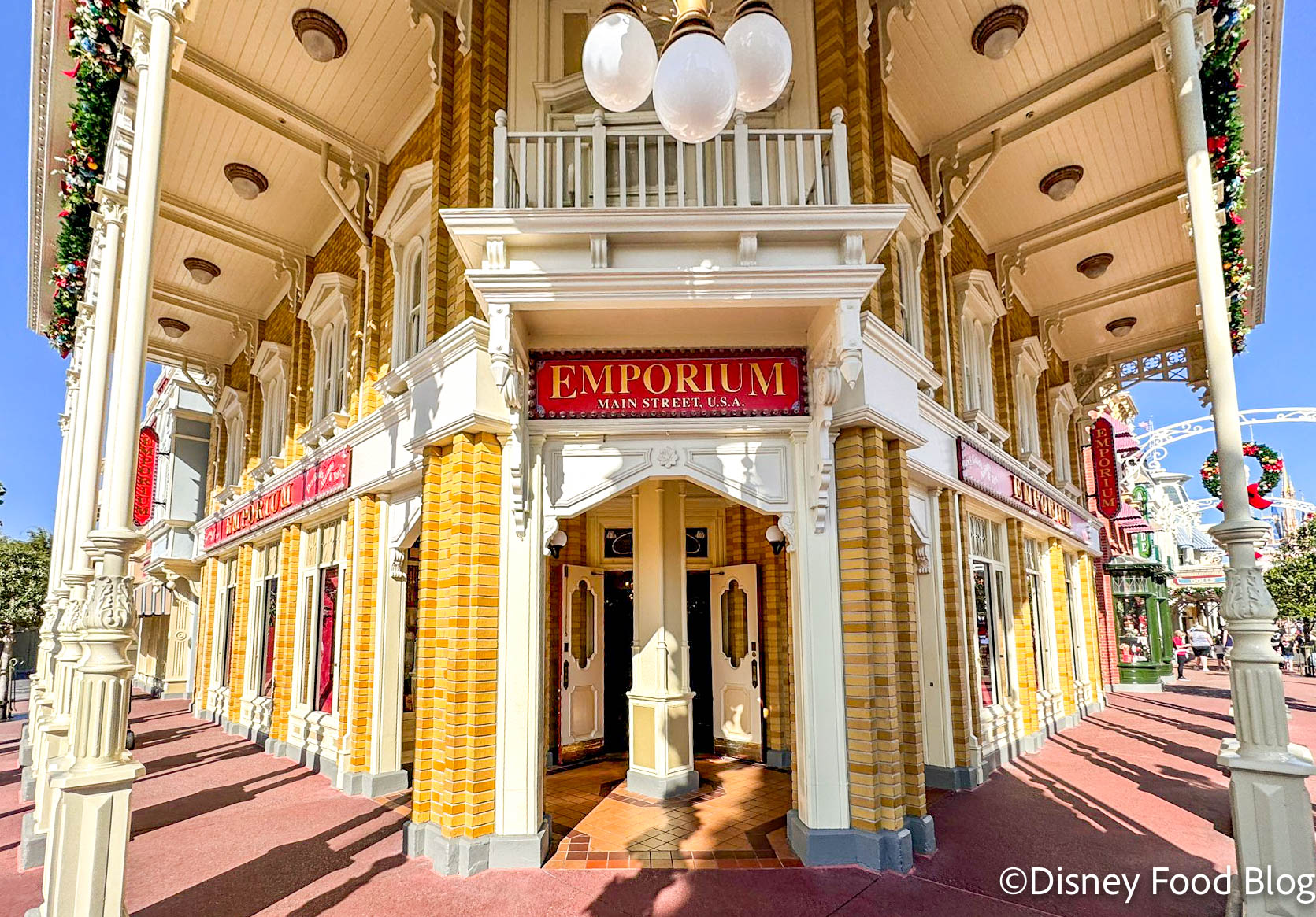


 Our handy (and portable!) ebook guides make sure you get the best deals and can plan a vacation of a lifetime.
Our handy (and portable!) ebook guides make sure you get the best deals and can plan a vacation of a lifetime.

This is a great article! I’ve always loved going to the Conservation Station. I find the animal feeding pretty fascinating.
Just don’t actually feed the birds, though! It always amazes me that with notes on the the tables, the walls, on free-standing signage, and on the napkins, themselves, people still feed the birds at Flame Tree!
That area is so great. I also love the vet area. We saw them helping a turtle one time we were there. It is very interesting to see all the work that goes on behind the scenes.